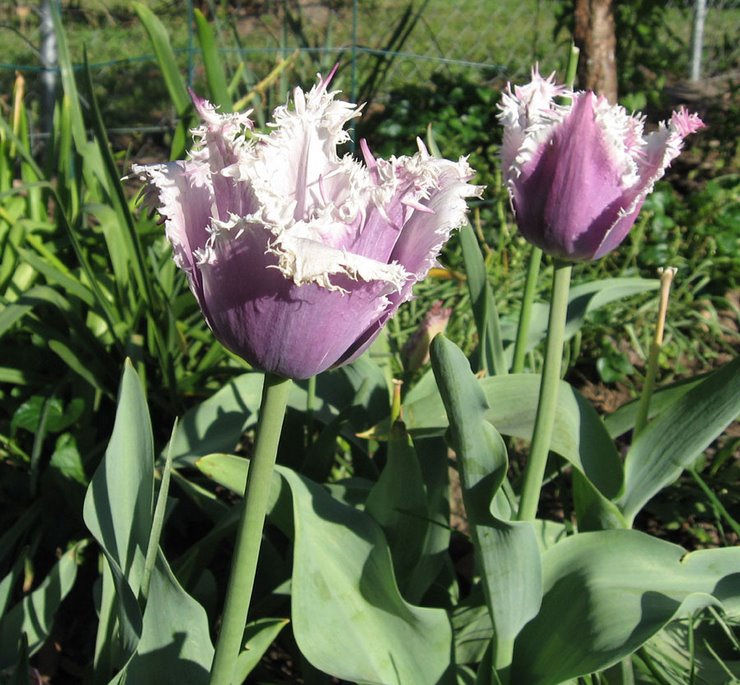As fall approaches, we enjoy the more moderate weather. It's such a relief for people, pets and gardens when temperatures no longer get scorching hot day after day. My dog and I both enjoy being able to take longer walks together without being overheated. The down-side to fall coming, though, is hay fever season.
This is the time of year when weed allergies come to the fore, the most infamous of which is ragweed. This is the allergy that affects a lot of people who don't have other allergy problems. I've been noticing the last couple of weeks that I'm waking up with a bit of a stuffy nose, and other people have been mentioning stuffy, runny noses, sneezing, and itchy eyes.
Ragweed and other weeds will continue to pump out masses of pollen until hard frost. A single ragweed plant may produce over a billion grains of pollen over the season. This may be a much worse hay fever season than most, since ragweed, like other plants, profited from the cooler, rainier summer we had this year.
The simplest way to avoid weed pollen is to stay indoors, with closed windows, and let your air conditioning protect you. Even a basic filter in a central air conditioning system can remove over 90 percent of the pollen from the air in your home. Unfortunately, most of us don't have that option, nor do we want to be cooped up indoors at a time of year when temperatures are so comfortable outside. So we need to find ways to cope with the pollen allergies that fall brings.
The thing that has helped me most with dealing with the fall hay fever season is getting allergy shots. Although I still experience some symptoms, they are very mild compared to what they were before beginning the shots. But shots are not for everyone; and many people would prefer other options. Here are some things you can do to help control your symptoms.
First of all, keep the pollen out of your house. Normally during the summer I like to open the windows for a while in
the morning to air out the house. But during times when pollen allergies
are bad, I keep the windows closed to keep the pollen out. As weather
moderates, I may be able to open windows for a while by doing it in the
evening, since pollen is generally worst earlier in the day. Before
doing so, I check the day's pollen count for the local area
online. Local weather forecasts may include a pollen count.
Second, filter out the pollen that does get into your home. Last week, I put fresh air filters in the air conditioner. Be sure to change the filters every two or three months, or as recommended. Filters clogged with dust and debris won't help protect you. I use filters designated for removing pollen. HEPA filters are most effective. I also run a portable air filter 24/7 in or near my bedroom this time of year.
If I'm outside for very long during high-pollen times, I try to cover my hair. Then when I go back indoors, I toss my clothes in the washing machine, and take a quick shower. That way I remove the pollen that has landed on me. Some people even wear dust masks, particularly when mowing.
If you have pets that go in and out, wipe them off with a damp washcloth or baby wipe after they come in.
Even if you normally hang laundry to dry outdoors, don't do so during times of year when pollen is especially heavy. That will just bring pollen indoors, clinging to your sheets and towels.
The other strategy that has made a huge difference for me is the sinus rinse. In the evening, after I've come in for the day, the rinse cleans out my sinuses. When I do it, my nose isn't all stuffed up, and I sleep a lot better.
These are some of the things I have found most helpful in making hay fever season less of an ordeal.

1 comment:
HATE hay fever! Can,t breathe, can,t sleep much for a couple of months! The nonsleepy type pills make me feel jittery. Maybe I,ll try getting an air filter for my bedroom, hepa like you said.
Post a Comment